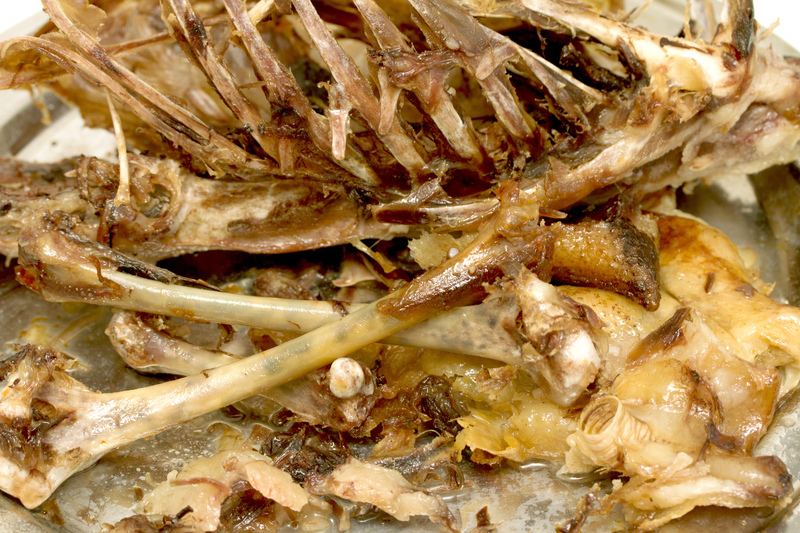Confronting Microplastic Pollution: Can It Be Stopped?
Microplastic pollution has emerged as a pressing environmental concern with significant implications for oceanic life, terrestrial environments, and human health. This article explores the complex nature of microplastic pollution, its origins, impacts, and, most importantly, the strategies for confronting this global challenge. But first, what are microplastics, and how have they become ubiquitous in our world?
Understanding Microplastics
Microplastics are tiny plastic particles, generally less than 5mm in size. They can be categorized as primary microplastics, manufactured to be small for use in products like exfoliating beads and toothpaste, or secondary microplastics, which originate from the breakdown of larger plastic debris. This broad definition highlights the dual sources of this pollution and the complexity in addressing it.
The Ubiquitous Nature of Microplastics
Microplastics have infiltrated nearly every part of the planet. From the hallowed peaks of the Himalayas to the deepest ocean trenches, no place remains untouched. These minuscule particles have even been found in airborne dust, human blood, and animal tissue.
- Microplastics in Oceans
- Microplastics in Soil
- Microplastics in the Air
The pervasive nature of microplastics raises a critical question: Can microplastic pollution be stopped?

Sources of Microplastic Pollution
Identifying the sources of microplastic pollution is fundamental to understanding how to tackle it.
Primary Sources
Primary microplastics are often intentionally added to products for specific purposes. Examples include:
- Microbeads in personal care products
- Styrene-based plastic pellets used in manufacturing
Efforts to address these sources have seen some success, such as the bans on microbeads in several countries.
Secondary Sources
Secondary microplastics are much harder to manage as they are primarily generated from the degradation of larger plastics. Common contributors include:
- Plastic litter breaking down in natural environments
- Textiles shedding microfibers during washing
- Vehicle tire abrasions
The diversity of these sources complicates efforts to mitigate the issue but also provides multiple points of intervention.
The Impact of Microplastic Pollution
Microplastics pose numerous risks, with potentially severe environmental, health, and economic impacts.
Environmental Effects
- Impact on Marine Life: Microplastics can be ingested by marine organisms, affecting their health and, consequently, the entire food web.
- Soil and Plant Growth: Research indicates microplastics negatively impact soil quality, thus affecting plant health and agricultural productivity.
Human Health Concerns
There is growing concern over microplastics' potential impact on human health. While their small size allows them to infiltrate various parts of the body, the long-term effects are not fully understood. However, studies suggest they may lead to inflammation, toxicity, and even endocrine disruption.
Economic Costs
The economic implications of microplastic pollution include costs associated with environmental cleanup, impacts on tourism, and loss of biodiversity that supports fisheries and ecosystems.

Strategies to Combat Microplastic Pollution
While the problem is vast, numerous strategies can be employed to curb microplastic pollution. These involve international cooperation, technological innovation, and public engagement.
Regulatory Measures
Governments globally are implementing legislation to limit microplastic use and encourage alternative materials. Examples of such measures include:
- Banning microbeads in consumer products
- Setting limits for microplastic content in industrial processes
Stricter regulations can help reduce the prevalence of primary microplastics.
Innovative Technology
Science and technology play crucial roles in mitigating microplastic pollution. Advances include:
- Developing biodegradable alternatives
- Creating filtration systems to capture microfibers from textile washing
These innovations are vital in controlling both primary and secondary microplastic sources.
Public Awareness and Engagement
Educating the public about the impact of microplastics and how lifestyle changes can help is vital. Initiatives such as community cleanups and educational campaigns can empower individuals to reduce personal plastic use.
By fostering a culture of environmental responsibility, society can move towards reducing the overall demand for plastics.
Conclusion: Can Microplastic Pollution Be Stopped?
Addressing microplastic pollution is no small task, requiring coordinated efforts across numerous sectors and communities. While it may seem daunting, progress is being made. Through legislation, innovation, and public action, we can hope to reduce microplastic pollution and mitigate its damaging effects.
The answer to whether microplastic pollution can be stopped lies not in a single action but a combination of measures--driven by global cooperation and individual responsibility. By understanding the issue and committing to change, we can protect our planet's future.